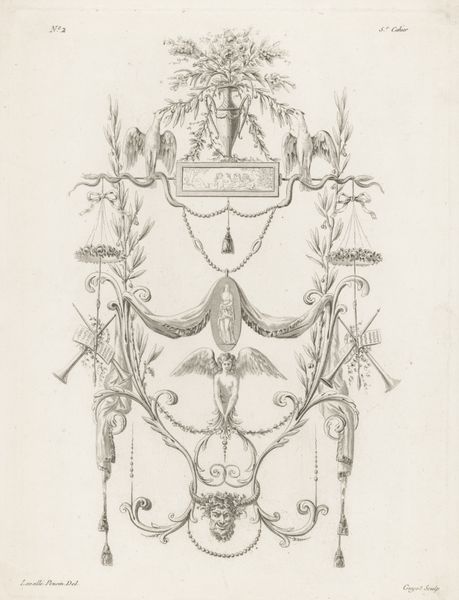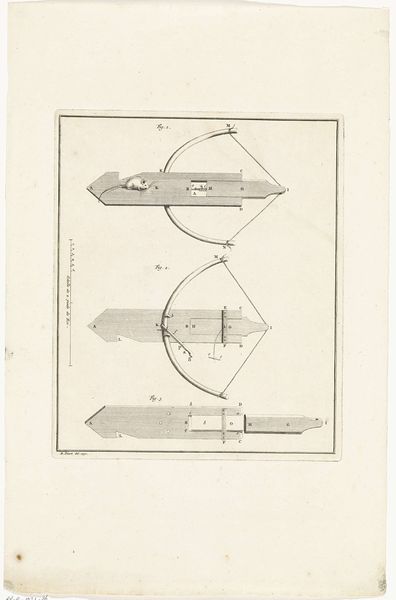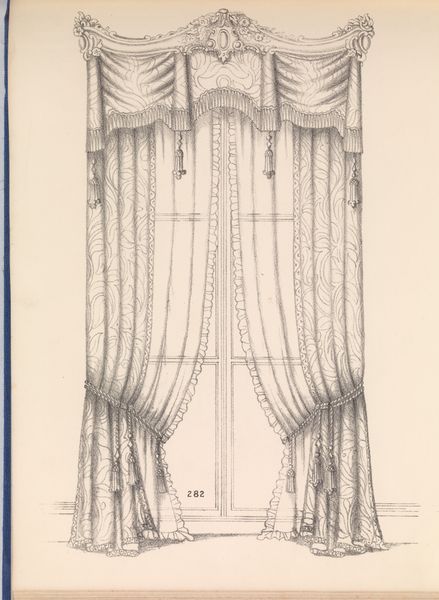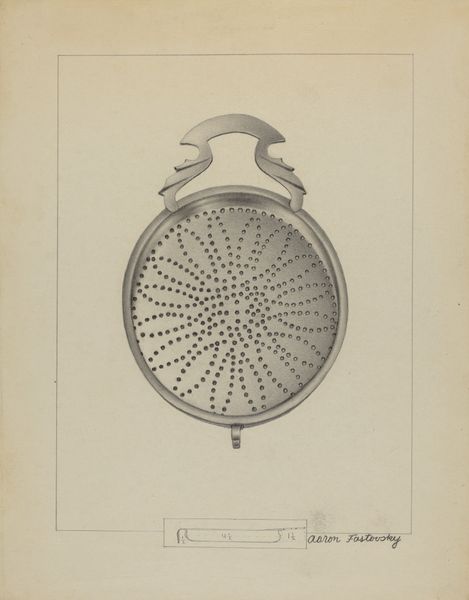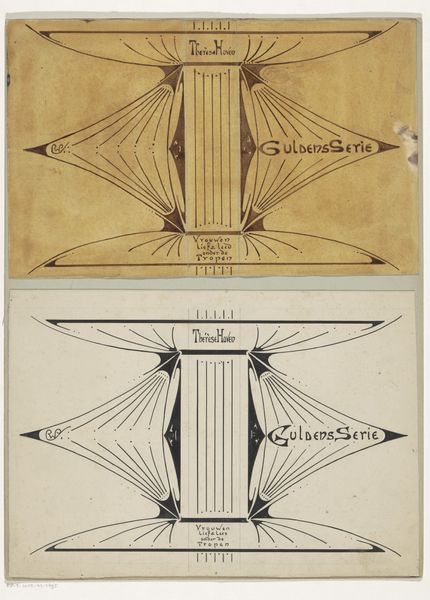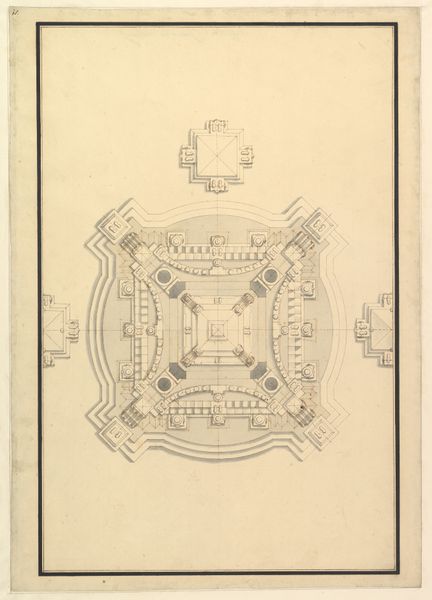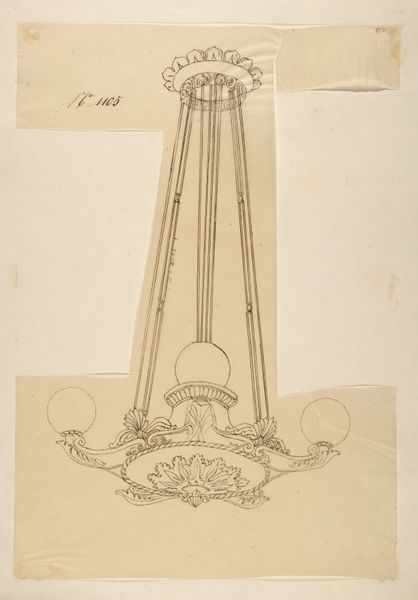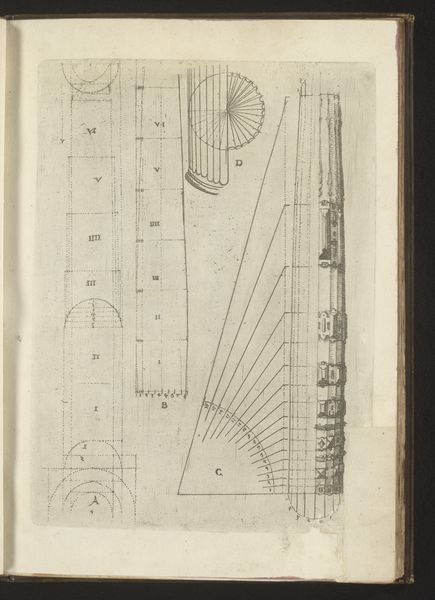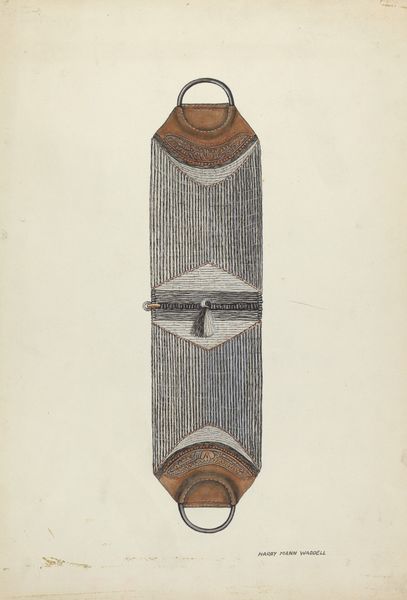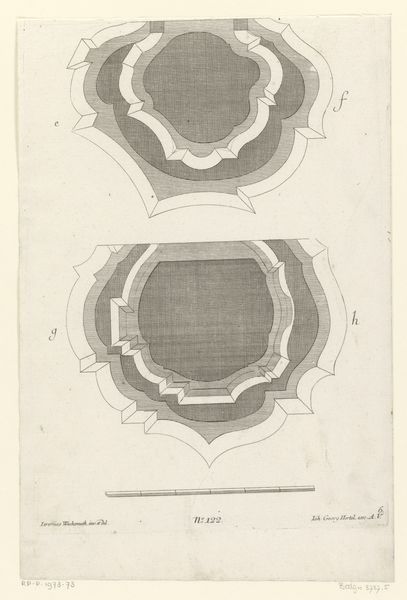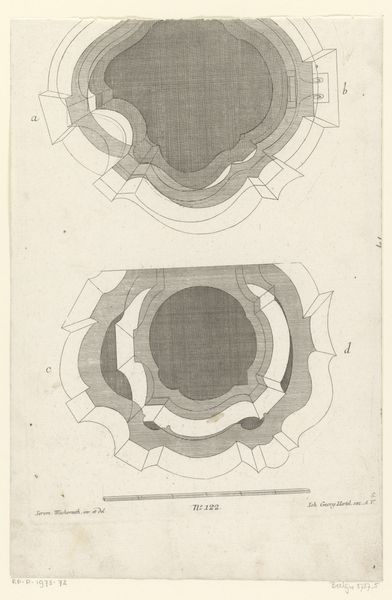
Calyx-shaped nozzles or fixed measures used, according to the ancient commentary of Frontinus, for the regulation of water-flow 1761
0:00
0:00
drawing, print, etching, graphite, engraving
#
drawing
# print
#
etching
#
classical-realism
#
11_renaissance
#
graphite
#
history-painting
#
academic-art
#
engraving
Dimensions: 593 mm (height) x 445 mm (width) (bladmaal), 460 mm (height) x 280 mm (width) (plademaal)
Giovanni Battista Piranesi created this print of calyx-shaped nozzles, or fixed measures, in the 18th century. The image shows the vessels used to regulate water flow, according to ancient Roman practices. The concentric circles, radiating from a central point, evoke a sense of cosmic order. Consider the calyx shape – reminiscent of a flower, a symbol of life, growth, and transformation. These nozzles, designed for a utilitarian purpose, are rendered with an almost sacred geometry, echoing the rose windows of Gothic cathedrals. This connection between the earthly and the divine is not accidental. Water, the lifeblood of civilization, has been revered across cultures and epochs. Think of the sacred rivers of India or the baptismal fonts of Christianity. Piranesi, whether consciously or not, taps into this collective memory, presenting a practical device as an object of contemplation. The emotion perhaps is one of awe – a recognition of the profound ingenuity of our ancestors and the timeless quest to harness the elemental forces of nature. The image embodies a cyclical progression – from the ancient Roman aqueducts to Piranesi's own time. We are reminded that history is not a linear march but a series of echoes and reverberations, constantly reshaping our understanding of the world.
Comments
No comments
Be the first to comment and join the conversation on the ultimate creative platform.
